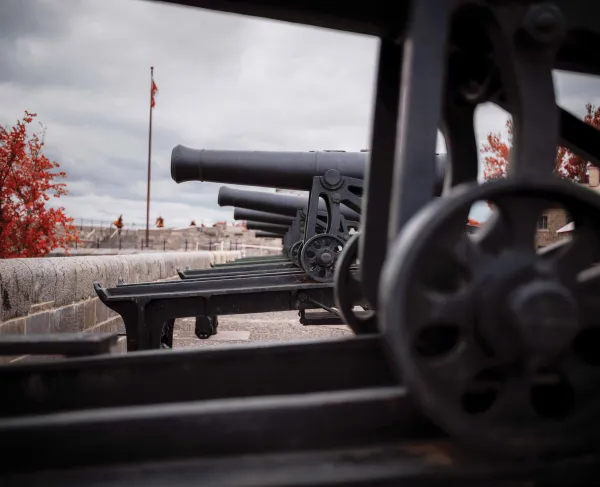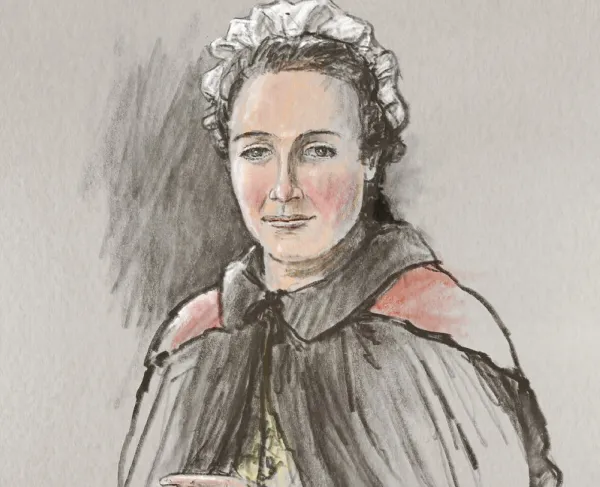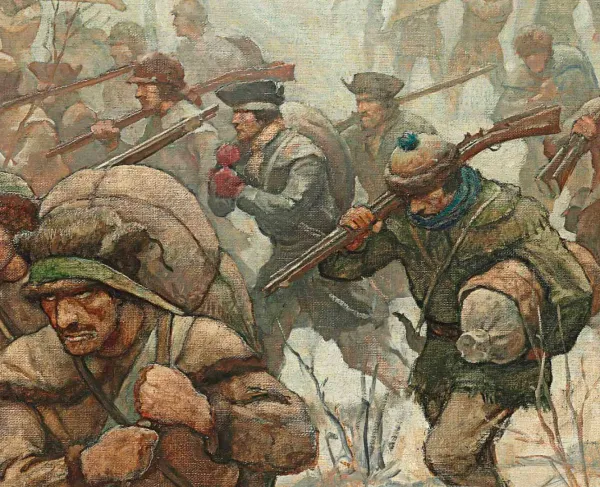Interview with American Battlefield Trust's 2017 Teacher of the Year: Shirley Mae Snyder
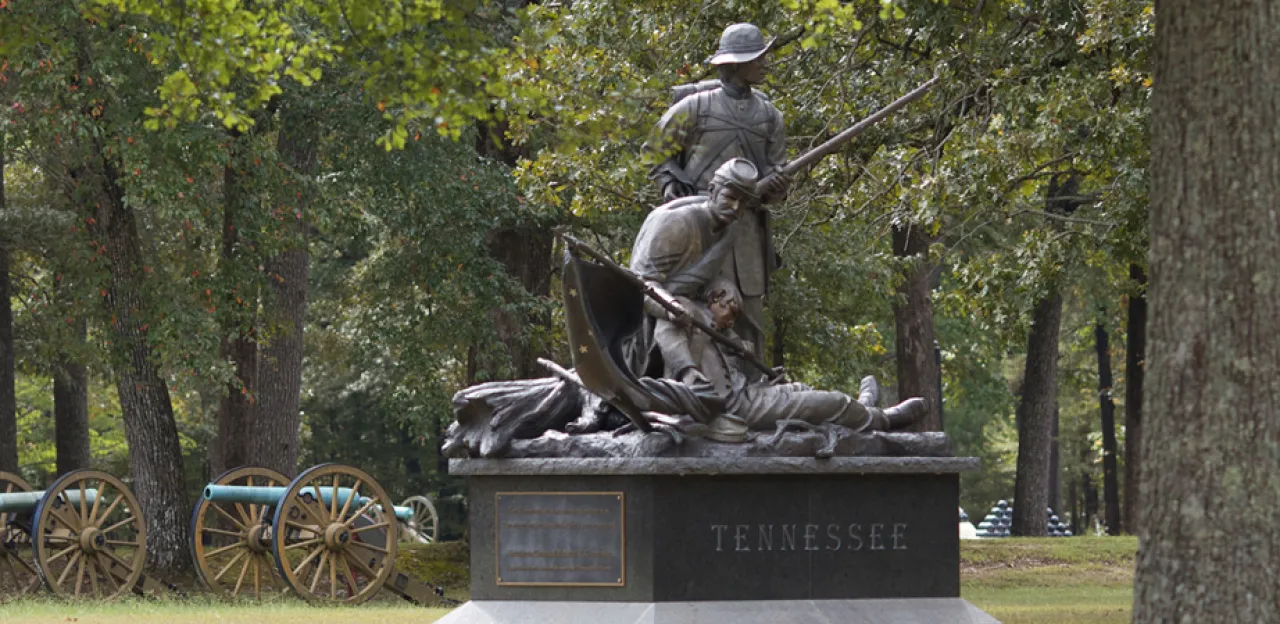
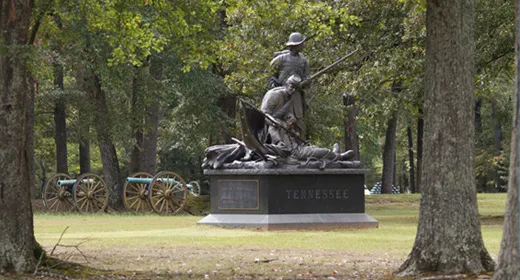
Recently we had a conversation with Shirley Mae Snyder, a teacher at Lyon Magnet Elementary School in Waukegan, Illinois, to touch base about her passion for the Civil War and how the American Battlefield Trust has helped it along.
Snyder was named the Trust’s Teacher of the Year in 2017. That honor is awarded to the most excellent educators in the historical field. Snyder, who has been teaching for 20 years, incorporates Civil War lessons into students’ lives at a young age—she is currently teaching second grade, and her students are already exposed to Civil War figures and places. Shirley shared fond memories of touching students’ lives in a memorable way.
Read the full interview, edited lightly for clarity and continuity, below:
What got you interested in teaching in the first place?
From an early age, I knew I wanted to work with children. Once I entered college, my passion for reading steered to me work with children who were having a hard time learning to read.
What’s your particular passion for the Civil War?
My passion for the Civil War is growing the more I know. I grew up with stories of Abraham Lincoln. My mom was an active member of the Woman’s Relief Corps, auxiliary to the Grand Army of the Republic. I would hear the stories of the women camping out on the White House steps hoping for a meeting with Lincoln to discuss the need for caring for the injured soldiers during and after the war. It was on a trip to a National Conference that we toured several of the battlefields. The first-hand experience exploded the desire to learn more and continues to grow today. Living in the Land of Lincoln is a definite catalyst for expanding and sharing my passion.
Do you have a favorite personal memory related to the Civil War?
One of my favorite memories was being asked to teach reading to 3rd grade students in a bilingual classroom. They had communication skills in English for the most part, and I didn’t know enough Spanish to engage them in academic levels.
The first day we met, I introduced myself, explained my expectations and let them check out my room – Lincoln’s hat, Lincoln bobbleheads, Lincoln’s house key, lithographs, photographs, and replica Civil War bullets around my room. They were intrigued.
The next time we met, they came prepared with all sorts of information on Lincoln to see if I knew it. They did manage to find a new tidbit I didn’t know. After our first class, the librarian came and told me that those students checked out every book they could on Lincoln to see if they could stump me – and all the books were in English. It was a wonderful year for all of us.
Why is learning about the Civil War important for students today?
Our students today are not learning about our past. The past they are being exposed to is from the news with the removal of Confederate statues from public places or the Confederate flag being banned. They don’t know the background that helped shape the country and beliefs that we have today. The fight was real; the issues were real, and all the casualties were Americans.
Even during Black History month, it has been ages since I have heard other teachers teaching the Underground Railroad. The birth and growth of our country occurred through a series of events that have molded us. Knowing, and putting into perspective, the times of conflict and change help us guide to our future.
How easy/hard is it to teach Civil War history in today’s educational environment? Why?
On the elementary level, social studies are given a back burner; efforts are mostly aimed at reading, math and an increase in science with the inclusion of STEM.
However, social studies can creatively be included in reading with authentic documents, passages and book selections to support informational text. In second grade, we have recently added the theme of children making a difference into our reading lessons – perfect for adding children in the Civil War.
When we focus on biographies, somehow my room always has Abraham Lincoln, Ulysses S. Grant and Harriet Tubman among the selection the students have to choose from. The Civil War can be taught at early age levels but done within teaching reading through content materials.
Many critics of today’s educational system say, “Teachers aren’t teaching history any more!” How do you respond to that?
I can agree and disagree. With demands placed on teachers by their school, or their district, it can be more challenging to include history as a subject. Teachers can include many different facets of history inside of reading and geography lessons. It can be done, but not in the same way as years ago.
What are some of the things you do in your classes to teach the Civil War?
I love when we do our unit on children making a difference – it gives me the perfect chance to include a 12-year-old boy from Waukegan into our lessons. His name is Orion P. Howe. Orion was with the Illinois 55th infantry and fought at Shiloh and Vicksburg. At Vicksburg, he was wounded gathering bullets for the Union soldiers and was eventually awarded the Congressional Medal of Honor – the youngest soldier in history to receive it. His brother Lyston was also with the Illinois 55th and with Sherman during the March to the Sea. Somehow, the battles of Shiloh and Vicksburg find their way into our lessons. Gettysburg comes in with the stories of the battle and need for the National Cemetery, ending with Lincoln delivering the Gettysburg address. Antietam also finds its way into the lessons.
Pink and Say by Patricia Polacco is a historical fiction account of her great-great-great grandfather’s trials as a young boy fighting in the Civil War; he was captured and sent to Andersonville. Say was mustered in, in Washington D.C. and had a chance to shake Lincoln’s hand. As the story was handed down through her family, the elder would shake the child’s hand and say, now you touched the hand, that touched the hand, that touched the hand, that shook the hand of Abraham Lincoln. Patricia was the fifth degree from Lincoln. When she shook my hand, she told me I was now six degrees from him, and I shake my students’ hands and they become seven degrees from Lincoln. The passion has exploded.
The Civil War Trust expanded its mission to now include the Revolutionary War and the War of 1812. How do those content areas tie into what you do?
As the Trust’s materials and videos are expanding, I have begun to include bits and pieces with stories of George Washington. The more resources I have access to, the more I can find to fit the skills and strategies I need to teach.
How has the American Battlefield Trust supported you in the classroom?
The American Battlefield Trust has been the best support to allow Civil War history to make its way to the students.
The Trust has provided curriculum materials to use in the classroom and with the students; the Traveling Trunk program allows students to experience what it was like to wear a wool uniform, examine contents of a haversack, handle the dolls, cards and photographs.
We’ve received the Field Trip scholarship several times to support our students, allowing them to visit Lincoln’s hometown of Springfield, as well as to visit New Salem.
The Trust also allowed me the privilege of attending the Teacher Institute to further my understanding and knowledge to share more with my students and colleagues.
How has being named “Teacher of the Year” by the Trust helped you?
Being named Teacher of the Year helped me in a way I never thought possible. After being honored in Memphis, an article appeared in the Hallowed Ground with a feature about me receiving the award. A local townsman read the story and came to find me, article in his hand. He shocked the school secretaries who just had to escort him to my room. He saw me and said it’s you – and showed me the picture in the magazine. He wanted to offer me materials he had gathered over the years about the Civil War, hoping I could use them with my students. His family wasn’t interested in the war, and he was so happy to share his passion with someone who cared. He brought many things last year and was back again at the start of this year. This was an unexpected blessing I could never have dreamed of.
Since being named “Teacher of the Year,” have you completed any new projects with your students, or are you in the process of completing any special projects?
I am always expanding what I can do with my students. My biography project in May will featured a Garry takeoff with facial masks. My students used poster boards with the face cut out so they can stick their faces in, complete with mini bodies on the bottom half. I am already making plans to start a lunchtime club around Lincoln and the Civil War experience for the next school year. Many of my students want to know more, and I just don’t have time in our schedule.
What sort of pitch would you make to fellow educators about the Trust’s Teacher Institute?
I pitch all the time – come – learn – it’s free, and they feed you (always a hook for teachers). Before you know it, you’ll be expanding your horizons and kids will come right with you.
What advice would you give to a first-year educator?
Teach to your passion. If there is a person, place, or a time you are excited about – share it in your lessons. The kids know you are talking from your heart and they take it all in – it’s very infectious.
